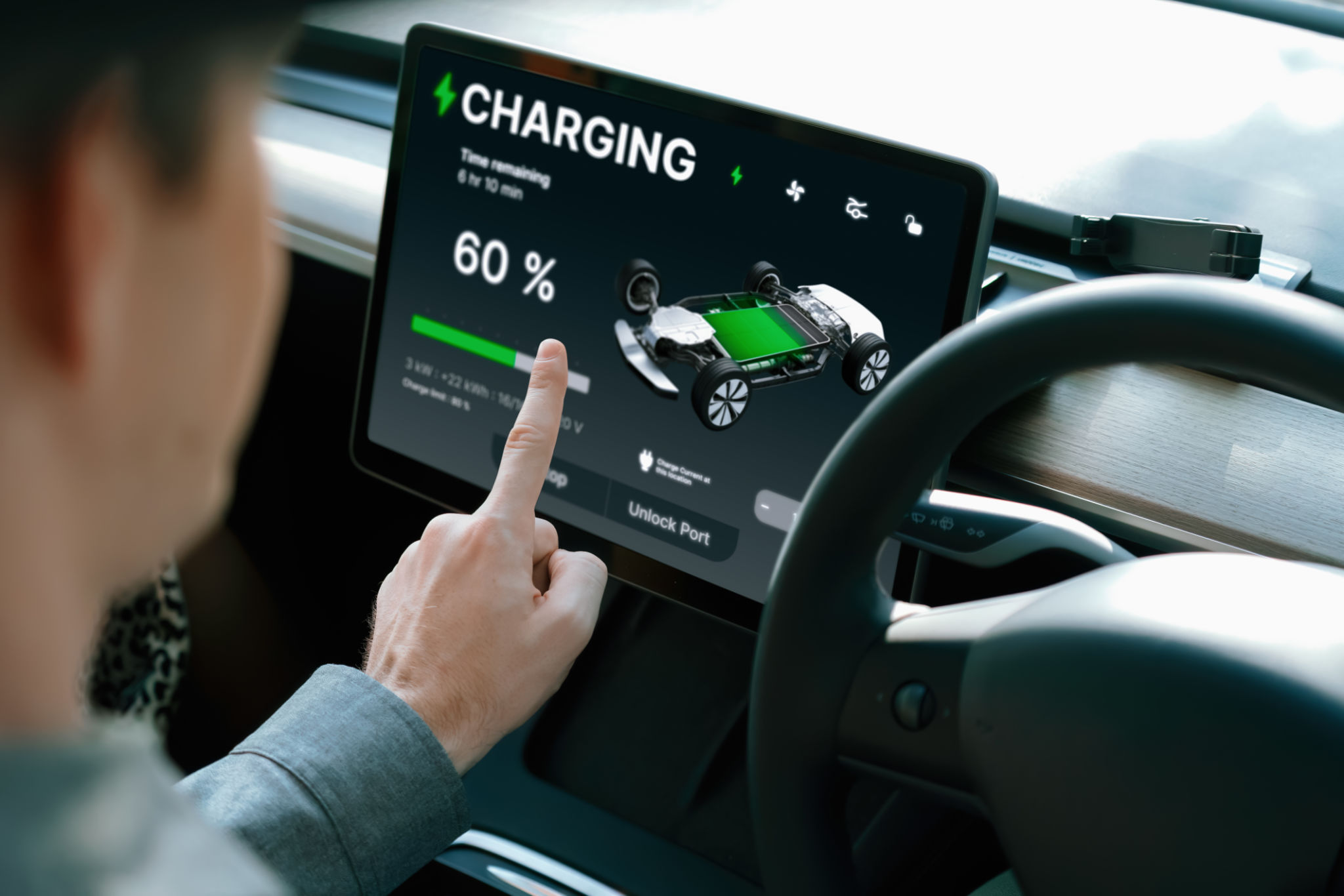Myth-Busting: Common Misconceptions About Electric Powertrain Systems
Introduction
Electric powertrain systems are revolutionizing the automotive industry. However, with innovation comes a slew of misconceptions. In this post, we'll debunk some of the most common myths surrounding electric powertrains and provide clarity on this transformative technology.
Myth 1: Electric Vehicles Have Limited Range
One of the most prevalent myths is that electric vehicles (EVs) can't travel far on a single charge. While range anxiety was a valid concern in the early days, modern EVs boast impressive ranges. Many models now offer over 300 miles on a full charge, which is more than enough for daily commutes and even longer journeys.

Myth 2: Electric Vehicles Are Slow
Another common misconception is that EVs lack performance. In reality, electric powertrains provide instant torque, resulting in rapid acceleration. Some electric cars can even outperform traditional internal combustion engines in speed and agility.
Understanding Torque
Torque is the force that causes rotation, and in electric vehicles, it is available immediately, unlike in gas-powered cars where it builds up gradually. This characteristic makes EVs incredibly responsive and exciting to drive.

Myth 3: Electric Vehicles Are Too Expensive
While it's true that some electric vehicles have a higher upfront cost, they can be more economical in the long run. The cost of electricity is generally lower than gasoline, and EVs require less maintenance due to fewer moving parts.
Cost Savings
Consider the benefits of lower maintenance costs and potential tax incentives. These factors can significantly offset the initial purchase price, making EVs a financially sound choice over time.

Myth 4: Charging Takes Too Long
Many people believe that charging an electric vehicle is a lengthy process. However, advancements in charging technology have made it much faster. Fast chargers can replenish an EV's battery to 80% in as little as 30 minutes.
Charging Options
There are different levels of charging: Level 1, Level 2, and DC fast charging. Each offers varying speeds to suit different needs, ensuring that charging can be as convenient as refueling a traditional car.

Conclusion
Electric powertrain systems are paving the way for a more sustainable and efficient future in transportation. By dispelling these myths, we hope to encourage more people to consider electric vehicles as a viable and beneficial option. As technology continues to advance, the potential for electric vehicles only grows more exciting and promising.
